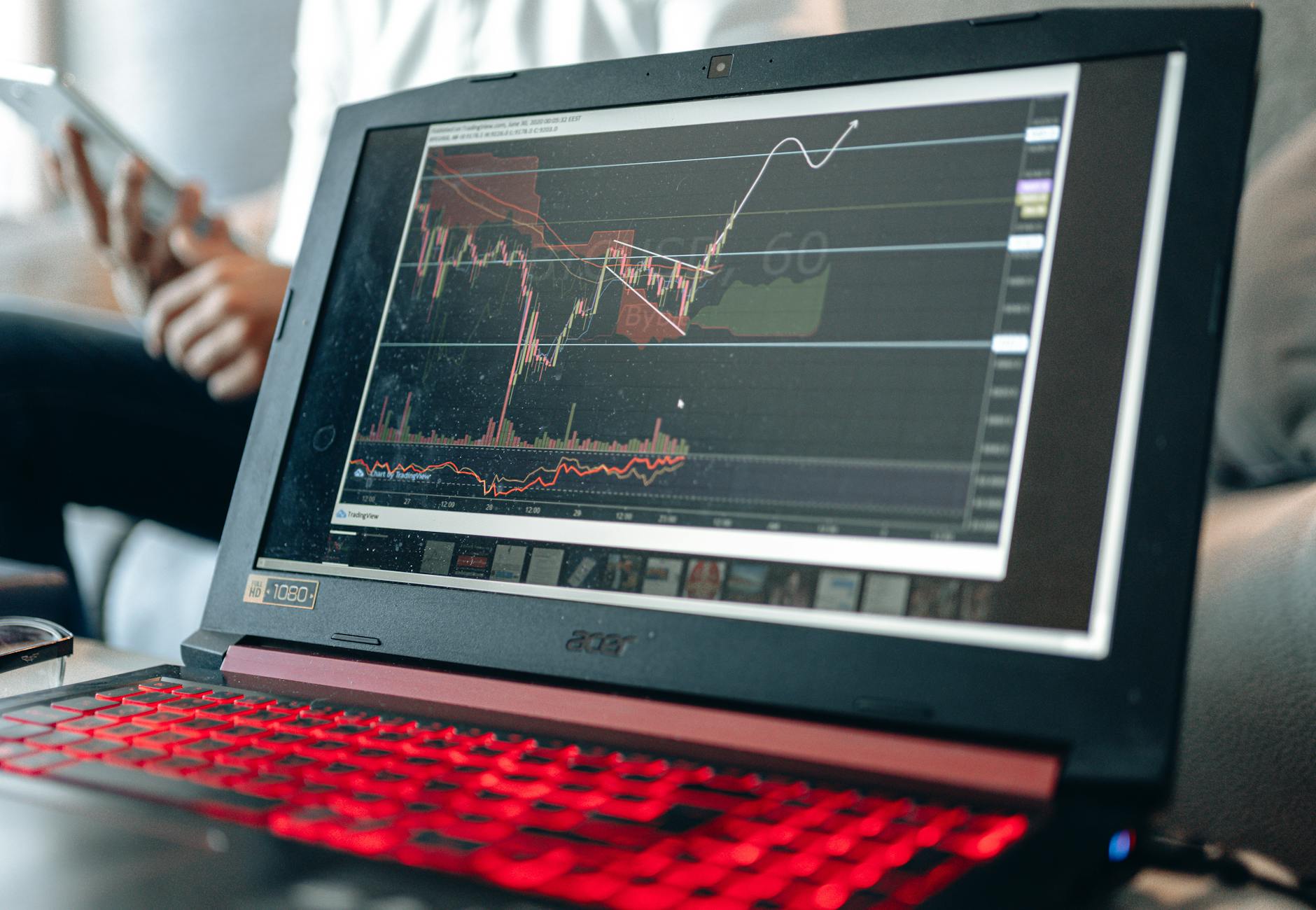XRP takes on SWIFT's outdated technology: Internet of Value's Next Move
- Get link
- X
- Other Apps

XRP vs. SWIFT: The Battle for the Future of Global Payments Heats Up
📌 The Fax Machine vs. The Internet of Value: A New Chapter in the XRP-SWIFT Saga
The ongoing rivalry between Ripple (XRP) and SWIFT, the dominant global financial messaging network, flared up again this week. Tom Zschach, SWIFT’s Chief Innovation Officer, ignited a firestorm by likening private tokens used as "bridge currencies" to fax machines, a comment widely interpreted as a dig at XRP’s role in facilitating cross-border payments. This remark sparked a heated debate within the Ripple and XRP community, highlighting the fundamental differences between traditional and decentralized finance.
🔗 This isn't just a superficial argument; it's a clash between legacy infrastructure and emerging blockchain technology. The core of the debate centers on whether closed, centralized systems can compete with open, decentralized networks in the rapidly evolving landscape of global finance. Understanding this context is crucial for investors looking to navigate the future of cross-border payments.
📌 Ripple Community Responds: Is SWIFT the Real Fax Machine?
Zschach's comments, posted on X social media, immediately drew strong reactions. He argued that while private tokens might offer speed, they are only revolutionary in a world without WiFi. This analogy was quickly countered by Ripple supporters, who argued that SWIFT's decades-old infrastructure is the true equivalent of a fax machine, while XRP represents the "internet of value."
Prominent community member 24HRSCRYPTO pointed out that XRP is not a private token but a publicly traded and openly accessible asset on the XRP Ledger, as well as on centralized (CEXs) and decentralized (DEXs) exchanges. This accessibility and transparency stand in stark contrast to SWIFT's proprietary, bank-owned solutions.
🔗 Market analyst Crypto Sensei questioned why SWIFT had largely ignored blockchain technology for years if it lacked revolutionary value. He suggested that SWIFT’s recent forays into digital assets validate blockchain's growing importance as a competitive force in global payments.
Ripple Dev Matt Hamilton further emphasized the advantages of public, permissionless tokens like XRP over private, controlled systems. He argued that the open nature of XRP fosters wider adoption and innovation compared to the closed ecosystems favored by traditional banks.
📌 The High Cost of Legacy Systems: SWIFT's Fee-Driven Model Under Scrutiny
The backlash against Zschach’s remarks extended to a broader critique of SWIFT's business model. 24HRSCRYPTO, drawing on their industry experience, highlighted the hidden costs associated with SWIFT transfers. A simple wire transfer can incur fees of $17.50 from both the sending and receiving banks, totaling $35 before the funds are even moved. Furthermore, customers may be charged "investigation fees" to trace missing transactions.
This fee-driven model suggests that SWIFT’s profitability hinges on friction rather than efficiency. Ripple, conversely, aims to eliminate this friction with near-instant settlement and transaction costs measured in fractions of a cent. XRP offers a compelling alternative for businesses and individuals seeking faster, cheaper, and more transparent cross-border payment solutions.
The argument is that banks are already recognizing the need to adapt to the evolving financial landscape. They are increasingly exploring digital assets as a way to remain competitive, potentially shifting away from reliance on outdated infrastructure. While banks may lose billions in transfer fees, they could potentially recoup those losses by embracing XRP and other digital assets that power the new financial system.
📌 Stakeholder Positions: A Summary Table
| Stakeholder | Position | Impact on Investors |
|---|---|---|
| SWIFT (Tom Zschach) | Dismissive of private tokens as bridge currencies; emphasizes SWIFT's existing infrastructure. | 💰 Maintains the status quo; slow to innovate; potential risk of losing market share to faster, cheaper alternatives. |
| Ripple/XRP Community | Strongly advocates for XRP as a superior solution for cross-border payments; highlights SWIFT's inefficiencies. | 📈 Optimistic about the future of XRP; sees potential for significant growth and adoption; expects increased competition for SWIFT. |
| Banks | Increasingly exploring digital assets; facing pressure to reduce fees and improve transaction speeds. | 📈 Potential shift in strategy towards digital assets; could lead to increased adoption of XRP or other blockchain-based solutions; may impact profitability in the short term. |
📌 🔑 Key Takeaways
- The public debate between Ripple and SWIFT highlights the fundamental differences in their approaches to global payments, with SWIFT defending its legacy infrastructure and Ripple championing the efficiency of blockchain technology.
- XRP's accessibility and low transaction costs position it as a viable alternative to SWIFT for cross-border payments, potentially disrupting the traditional financial landscape.
- The high fees and slow transaction times associated with SWIFT transfers are increasingly under scrutiny, creating an opportunity for more efficient and transparent solutions like XRP.
- Banks are beginning to adapt to the evolving financial landscape by exploring digital assets, signaling a potential shift away from traditional systems like SWIFT.
The ongoing rivalry between XRP and SWIFT underscores a pivotal moment in the evolution of global finance. While SWIFT has long been the dominant player, its reliance on outdated infrastructure and high fees is making it increasingly vulnerable to disruption. XRP, with its near-instant settlement and low transaction costs, presents a compelling alternative. Expect to see increasing pressure on SWIFT to innovate or risk losing market share to blockchain-based solutions. In the long term, the convergence of traditional finance and decentralized technologies is inevitable, with XRP playing a key role in shaping the future of global payments. However, investors should be mindful of potential regulatory hurdles and market volatility, as increased adoption of XRP could trigger scrutiny from financial regulators and further competition from other digital assets.
- Monitor XRP's adoption rate in cross-border payments, looking for increasing transaction volumes and partnerships with financial institutions.
- Assess SWIFT's response to the growing competition from blockchain-based solutions, particularly any initiatives aimed at improving transaction speeds and reducing fees.
- Stay informed about regulatory developments regarding XRP and other digital assets, as these could significantly impact their adoption and market value.
- Consider diversifying your crypto portfolio to include other digital assets that are also focused on disrupting the traditional financial system.
🌐 Cross-Border Payments: Transactions involving the transfer of funds between individuals or entities located in different countries. These payments often involve multiple intermediaries and can be subject to high fees and delays.
📜 Legacy Systems: Refers to outdated technologies, computer systems or applications that are still in use because they meet the necessary requirements, despite being inefficient, insecure, or costly to maintain compared to modern alternatives.
— Julian Simon
Crypto Market Pulse
October 7, 2025, 00:40 UTC
Data from CoinGecko
| Date | Price (USD) | Change |
|---|---|---|
| 10/1/2025 | $2.84 | +0.00% |
| 10/2/2025 | $2.94 | +3.51% |
| 10/3/2025 | $3.04 | +6.76% |
| 10/4/2025 | $3.04 | +6.90% |
| 10/5/2025 | $2.97 | +4.39% |
| 10/6/2025 | $2.97 | +4.42% |
| 10/7/2025 | $2.99 | +5.13% |
▲ This analysis shows RIPPLE's price performance over time.
This post builds upon insights from the original news article, offering additional context and analysis. For more details, you can access the original article here.
- Get link
- X
- Other Apps

